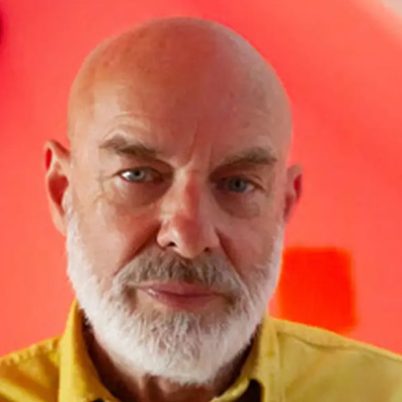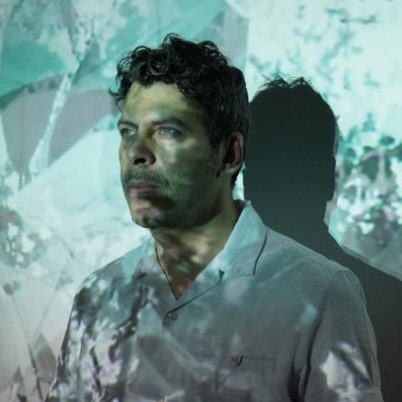BRIAN ENO'S REFLECTION / ANDREW PEKLER
IN COLLABORATION WITH MILANO DIGITAL WEEK AND GOETHE INSTITUT MAILAND
INNER_SPACES AUTUNNALE 2023 - MEMORIA E CONTINUITÀ CREATIVA


Monday, Ocotber 9
h.21 Auditorium San Fedele
FREE ADMISSION
CONCERT
BRIAN ENO
Reflection – generative A/V
ANDREW PEKLER
Phantom Islands – Live A/V
In collaboration with Milano Music Week and Goethe Institut Mailand
At the conclusion of the Milano Digital Week, a thematic proposal included in the fall festival INNER_SPACES, in the San Fedele Auditorium. Two musical moments will follow one another: the spatialization of Reflection, a 2017 work by Brian Eno that reflects the artist’s recent preoccupation with the arrangement of generative Ambient musical devices, and furthermore the audiovisual journey to Andrew Pekler’s Phantom Islands, a reconstruction of an oceanic map with several stops at islands noted in travelogues or maritime maps of the past but never actually existed. Two ways of investigating the theme of the development of limits starting from the language of artists who integrate digital technologies however in the service of a communal live listening experience, of an immersive type of in-presence fruition mode, thanks to San Fedele’s spatialized sound system.
Brian Eno conceived Reflection, which appeared on CD for Warp, as his most sophisticated Ambient experiment. Compared to his projects of the 1980s, in which the British musician emphasized an intention to build music without an end, music that could last as long as one wanted, in recent years, the interest has instead been oriented in a desire to propose listening to a work in a different mode each time, “like sitting and watching a river flow: it is always the same river, but it changes totally.” A technical solution had to be found that would allow Brian Eno to overcome the stumbling block of the fixed medium: “Recordings-whether they are on vinyl, CD, or cassette tape-are a limited tool in terms of length, so they sound the same every time I listen, so in the past I have been limited by this problem. Reflection still has this problem in the CD and vinyl versions. But the app through which Reflection was produced has no restrictions-it creates endless change for this composition.The creation of a type of music like this follows three stages of development: the first involves the selection of sound material and musical mode-a constellation of musical relationships. These are then explored through a system of algorithms that change the initial elements I introduced, leading to a perpetually changing musical stream (or river). The third stage is listening. Once the whole system is set up, I spend a lot of time – many weeks in fact – arranging the right tracks and setting the rules that govern the algorithms. It’s a lot like gardening: you plant seeds and keep feeding them until you get the garden you want.”
An immersive listening of Reflection will be offered for the first time with the Sator acusmonium, via the application available on IOs that is designed to make the musical plots sound different depending on the time of day: “The harmony is brighter in the morning, gradually fades over the course of the afternoon to reach its original guise in the evening.”
Andrew Pekler’s Phantom Islands will conclude the evening. The featured artist will reconstruct a map of the oceans and lead the audience as if in a ship to discover the mysterious sounds of these phantom islands. According to Andrew Pekler’s project description, the Phantom Islands are the products of the era of maritime discoveries and colonial expansion. During centuries of ocean exploration these islands have been sighted, mapped, described and even explored, but their existence has never been definitively verified. Hovering somewhere between cartography and maritime fiction, they have nagged maritime maps for centuries, inspired legends, fantasies and far-fetched stories.
A Sonic Atlas interprets and presents these imaginary places in the form of a map of the world’s oceans in which a series of Ghost Islands, plotted in historical documents, can be discovered. The image of the islands is associated with a soundscape for each island in the composition of a global archipelago of plausible but fictitious ethnomusicological connections through a series of unreal recordings. The music, although generated and programmed with synthesizers, emulates and evokes certain rhythmic and timbral aspects associated by Westerners with non-Western musical traditions — giving the overall effect of an almost ethnographic, pseudo-traditional world sound.
